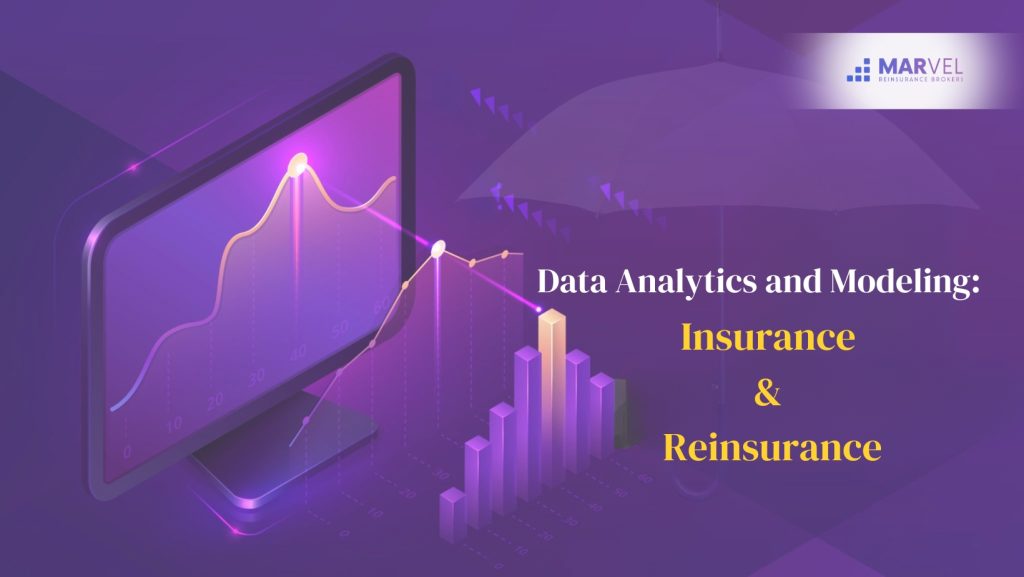
Insurance and reinsurance industries are highly changing their face through data analytics and modeling. These newer technologies provide the companies with increased capacities for risk evaluation, customer experience management, operational excellence, and fraud management. On the other hand, familiarity with the repercussions of such technologies will be critical for all the related stakeholders as the industry itself is evolving.
The Role of Data Analytics
Data analytics in insurance provide a systematic way of analyzing large volumes of data to build insights that can inform decision-making. This process involves multiple steps: gathering data, processing it, and then analyzing the results. Insurers make use of structured information or data-such as policyholder information-and unstructured information, such as social media interactions-to develop a holistic view of risks and customer behaviors.
Key Applications:
- Risk Profiling: Using advanced analytics allows insurers to understand risk profiles by analyzing previous data for trends. Predictive modeling enables estimation of future losses and pricing the premium on each individual risk profile accordingly.
- Personalization of Services: Insurers study customer data to personalize their products and services. Personalization also extends to communication strategies to make the offerings relevant to customers at vital points in their life cycle.
- Claims Processing: Data analytics automated the evaluation and detection of fraudulent claims, hence smoothing the claims management process. It not only reduces the time taken to process a claim but also enhances customer satisfaction because genuine claims would be settled faster.
- Fraud Detection: The insurance industry is very prone to fraudulent claims losing billions of dollars each year. Data analytics provides insurers with the power to find suspicious patterns and anomalies in claims data for fraud prevention actions in advance.
- Regulatory Compliance: Insurers have to operate amidst complicated regulations. Data analytics helps monitor compliance with legislation and regulatory requirements to avoid fines/penalties while improving risk management practices accordingly.
Modeling Techniques
Modeling techniques in insurance utilize statistical methods and machine learning algorithms to predict the outcomes based on historical data. These models can be utilized for:
- Underwriting: It involves sophisticated models that enhance underwriting practices by giving a view of the risk factors pertinent to a certain applicant or policy. It will allow insurers to refine their acceptance criteria by carrying out comprehensive data analysis.
- Market Trend Analysis: With advanced modeling, emerging trends in customer behaviour and market demands can be identified by the insurer to introduce new product innovations that meet their evolving needs.
Future Trends
As technology is still evolving, in future times, more integration of AI with machine learning and data analytics would create more disruption in the insurance space. Some key trends to watch:
- Improved Informative Predictive Capabilities: The use of AI will drive improved predictions regarding customer behavior, policy renewals, and future risks that an insurer may face to bring up and handle problems proactively before amplification occurs.
- Real-time Analytics: Analysts are able to analyze information in real-time and hence make swift decisions related to market conditions and customers for better responsiveness and quality of service.
- Customer Centric Approaches: Insurers will, because of competition, focus on offering very personalized experiences based on a lot of insight from data in the near future, building deeper relations with policyholders.
Conclusion
Data analytics and modeling have been changing the views on insurance and reinsuring towards making actionable insight that stirs efficiency, amplifies risk management, and improves customer satisfaction. This will continue to be very key in enabling insurers to navigate through challenges to capitalize on new opportunities for growth and innovation. Having been at the helm, companies will be compelled to embrace such advancements in favor of staying ahead in an increasingly tenuous landscape.

